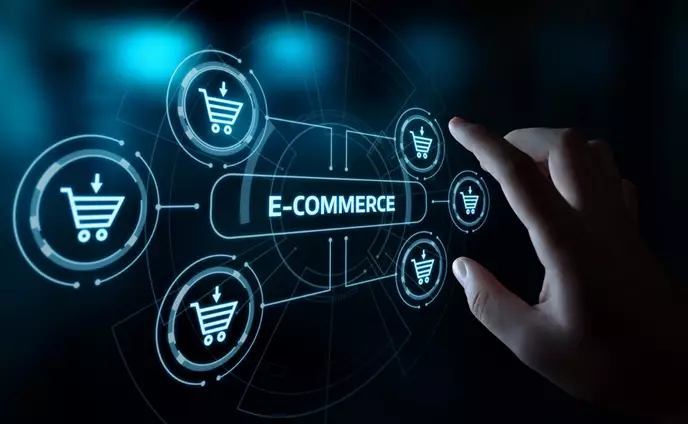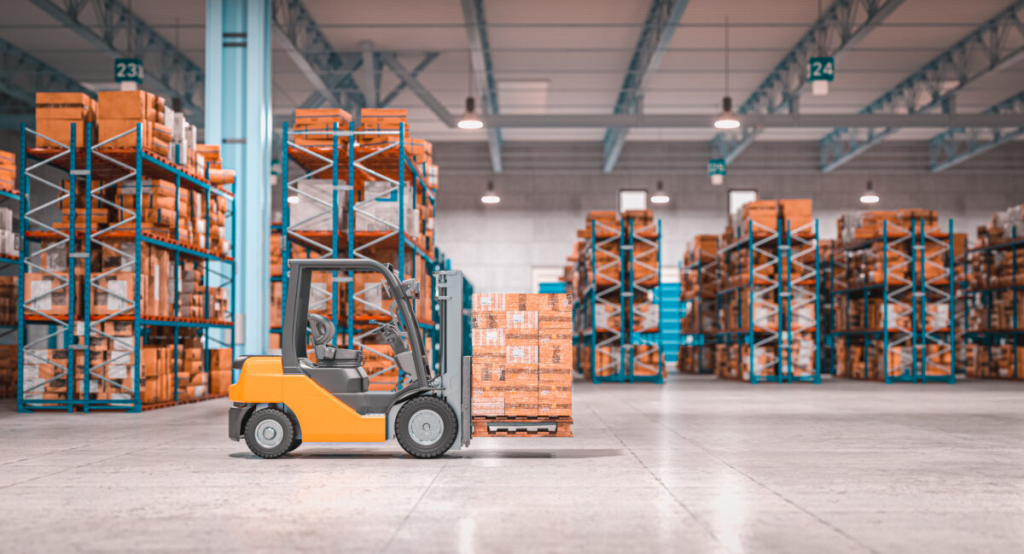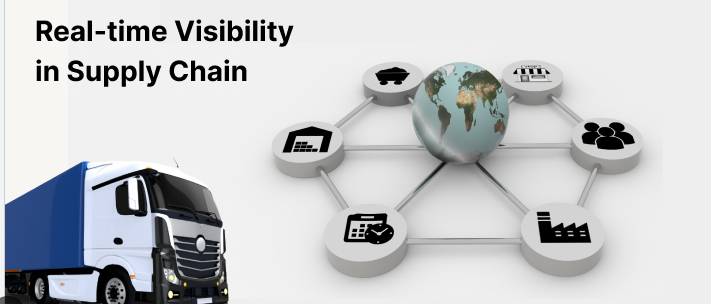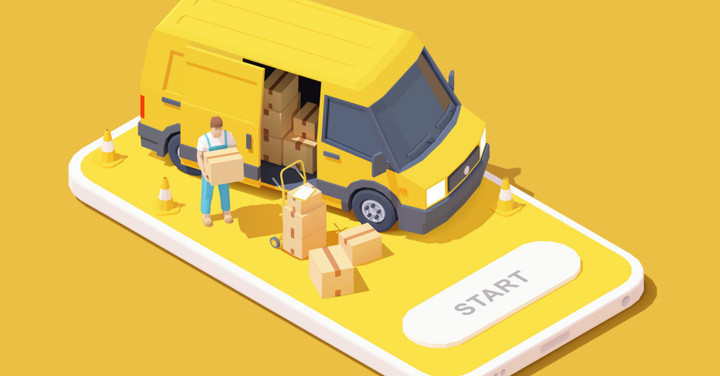E-commerce Logistics Technologies for Faster Delivery
The rapid growth of e-commerce has fundamentally transformed consumer expectations. Today’s shoppers demand faster deliveries, real-time tracking, flexible returns, and a seamless shopping experience from checkout to doorstep. To meet these demands, companies are leveraging advanced logistics technologies that optimize each stage of the fulfillment process, reduce operational bottlenecks, and create competitive advantages in an increasingly crowded marketplace.
1. The Rise of Consumer Expectations in E-commerce

Over the past decade, giants like Amazon have redefined what customers perceive as “standard delivery service.” Two-day or next-day shipping has become the baseline rather than an exception. According to a survey by Deloitte, more than 70% of consumers cite delivery speed as a key factor in their purchase decisions, and nearly half abandon carts if estimated shipping times are too long.
This shift puts immense pressure on e-commerce businesses and their logistics networks to deliver orders quickly, accurately, and at minimal cost. Technologies that streamline inventory management, automate warehouse operations, and optimize last-mile delivery are now essential rather than optional.
2. Key Logistics Technologies Powering E-commerce Fulfillment
2.1 Warehouse Automation and Robotics

Automation is revolutionizing warehouse operations. Technologies such as Automated Storage and Retrieval Systems (AS/RS), conveyor systems, and collaborative robots (cobots) reduce manual labor, increase picking speed, and enhance order accuracy. For instance:
- Automated Picking Robots can identify, pick, and move products with precision, reducing human error rates.
- AGVs (Automated Guided Vehicles) transport inventory within large fulfillment centers efficiently.
By implementing warehouse robotics, e-commerce companies can scale operations to handle peak season surges without compromising delivery timelines.
2.2 Last-Mile Delivery Optimization
The last mile is often the most expensive and complex part of the delivery process. Technologies addressing last-mile efficiency include:
- AI-powered route optimization, which calculates the fastest delivery routes based on traffic, weather, and delivery density
- Crowdsourced delivery models, utilizing gig economy drivers to fulfill local deliveries faster
- Parcel lockers and pickup points, offering flexible delivery options that reduce failed delivery attempts and increase convenience
These solutions not only cut costs but also meet consumers’ need for speed and flexibility.
2.3 Real-Time Tracking and Visibility Platforms

Consumers increasingly expect to track orders at every stage. Real-time tracking platforms integrated with logistics operations provide:
- End-to-end shipment visibility
- Proactive delay notifications
- Dynamic ETAs
This transparency builds customer trust and reduces “Where is my order?” inquiries, lowering customer support costs.
2.4 Returns Management Solutions
Seamless return experiences are a key competitive differentiator. Reverse logistics technologies simplify the returns process by:
- Allowing easy label generation and drop-off scheduling
- Integrating returns data with inventory systems for faster restocking
- Providing instant refunds upon drop-off scanning to improve customer satisfaction
Efficient returns management retains customers and reduces the cost burden of reverse logistics.
3. Emerging Technologies Shaping the Future

Beyond current solutions, emerging technologies are poised to further disrupt e-commerce logistics:
- Drone deliveries for hyperlocal fast delivery of small packages
- Autonomous delivery vehicles reducing last-mile delivery labor costs
- Blockchain-based logistics for enhanced shipment security and tamper-proof records
- Predictive analytics using AI to forecast demand spikes and optimize resource allocation ahead of time
Companies investing in these innovations are positioning themselves to meet tomorrow’s even faster consumer expectations.
4. Conclusion: Adapting to the Logistics Demands of the Future
Meeting fast-paced consumer expectations requires more than just speeding up delivery; it demands an end-to-end overhaul of logistics processes powered by advanced technologies. From warehouse automation and AI route optimization to real-time visibility platforms and seamless returns management, each solution addresses a critical pain point in the modern e-commerce supply chain.
E-commerce brands that prioritize integrating these logistics technologies will not only improve operational efficiency and cost-effectiveness but also create exceptional customer experiences that foster loyalty and competitive advantage in an increasingly demanding market.
Industry Insights
news via inbox
Nulla turp dis cursus. Integer liberos euismod pretium faucibua









[…] Faster Delivery to International […]